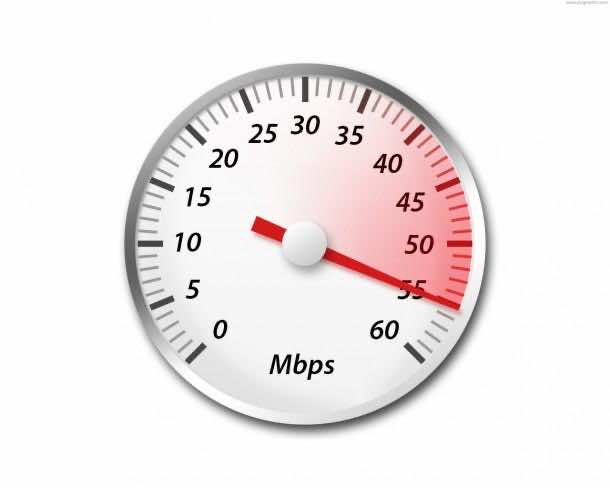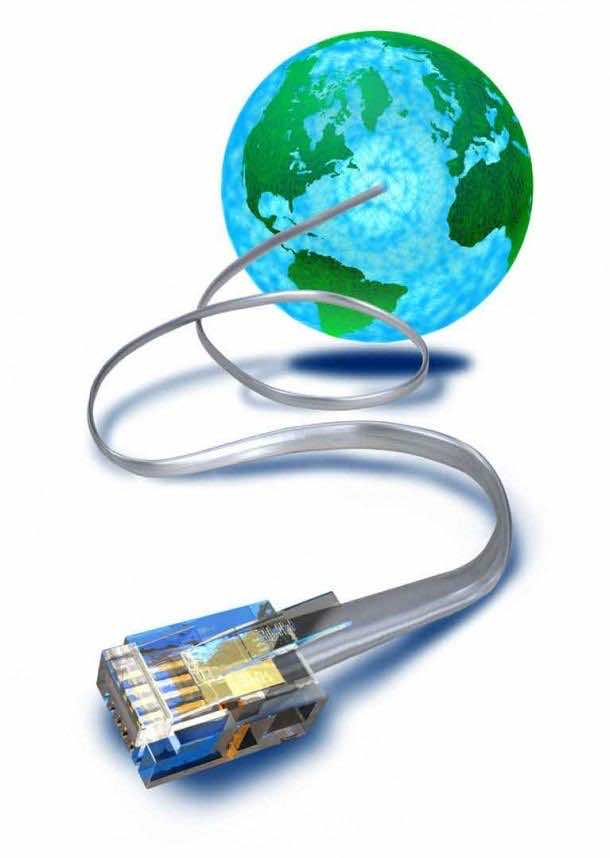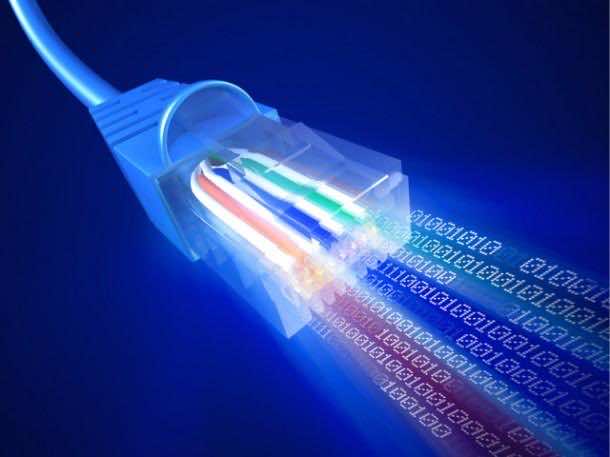This is the age of Internet and it really sucks if your Internet connection is lagging or slowing down, however, that is the case sadly with most of the Internet connections. So, here’s a DIY list to make sure that you can implement what can be done about speeding up your connection. We shall be talking about two kinds of approaches; software and hardware.
So, here’s a DIY list to make sure that you can implement what can be done about speeding up your connection. We shall be talking about two kinds of approaches; software and hardware.
1. Software Checks

Background Apps
The very first thing that you need to do is to close down apps that you are not using. Why? Because all that background activity is consuming your Internet connection’s speed. There might be some downloads going on or maybe your sibling left that torrent on. Apart from that, activities such as system updates or scanning software also slow down your PC and Internet connection.
Performance over Appearance
Disable the effects that your Windows and Mac impart to the user interface and you will realize that all of a sudden your computer has more processing power available to direct to your browser and that is exactly what we want.
Browsers
Data over the Internet is becoming complex and continues increasing exponentially and that is exactly why the browser updates keep coming up to tackle the data more efficiently and without any lag. If you still couldn’t pick up the hidden message; update your browser and you’ll notice quite a considerable difference in your Internet experience.
Adware
They are easy to install and impossible to remove. Stay away from any adware that may come as part of installation when you download certain software. You don’t need that magical toolbar and you can most definitely download that software without this adware. Adware hog your bandwidth and result in a poor Internet connection.
Antivirus
Install a good one because viruses, worms and all such malware indirectly result in slowing down a computer and ultimately the Internet connection as well.
Memory
While you are at it, make sure that your hard disk has enough space to store the temporary Internet files and cookies etc. Regularly clear up the old Internet files (temporary ones) to enhance the experience.
Protect the Wi-Fi
If you are using Wi-Fi at home make sure that you regularly change its password every now and then to prevent anyone else from using it and ripping you off the bandwidth that you’re paying for.
2. Hardware Checks 

Mission Clean
Make it a habit of regularly cleaning your computer to make sure that the dust doesn’t clog it. Clogging results in overheating and ultimately the system slows down and subsequently, kills the Internet Connection.
Avail Upgrades From Your ISP
Make sure that you take the benefit of upgrades that your ISP is offering every now and then.
Router
The router may be too old to work properly owing to the fact that the company stops catering to old devices. If your Internet connection is not giving you the speed it should and your router is several years old, perhaps it is time to upgrade the router. A old router may also be contributing to packet loss.
Your Computer
The problem may lie with your computer’s hardware as well. If all else fails, then you need to visit a repair shop and see if there’s something wrong with the system’s hardware. If it can be fixed, great, if it’s too old or too costly to make the repairs, go for a new computer that is more capable of handling the data on Internet.







Thank you very much for this awesome guide. I completed all the steps in this article as well as all the steps in this one